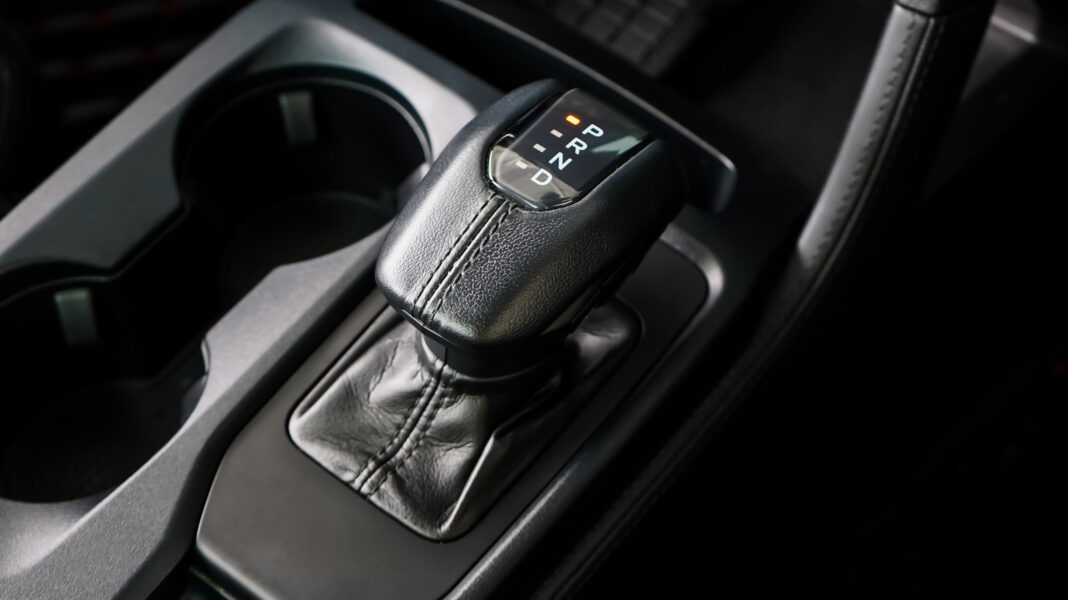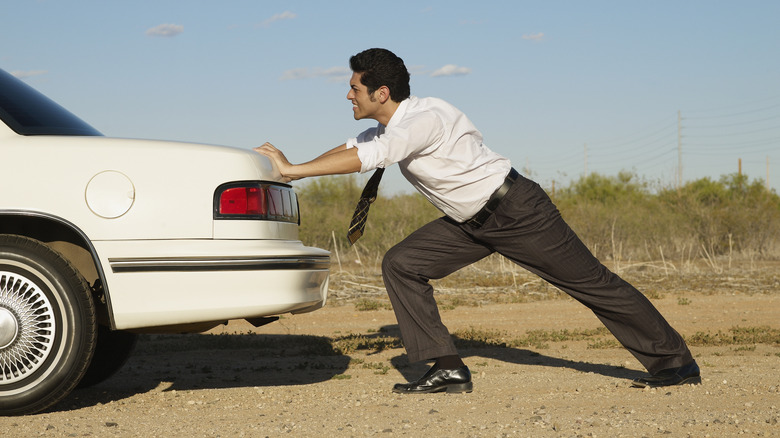For most drivers, a vehicle’s automatic transmission — the most common kind of transmission nowadays, more’s the pity — has three settings: Drive, Park, and Reverse. Most automatic transmissions, however, can do much more than just go forward, go backwards, and stop your car from rolling into traffic. Some have lower gears you can shift into. Other, fancier transmissions have things like adjustable shift points or a hybrid “manumatic” clutchless shifting setting. And all of them, from the simplest old-school Turbo 350 to the most advanced modern auto, share the same useful setting: Neutral.
Putting a transmission in neutral essentially disconnects the engine from the driveline. In an automatic transmission, neutral sits between reverse and drive (remember PRNDL?) and acts as a buffer between them. See, you’re not supposed to shift between reverse and drive while a vehicle is moving, as it’s bad for the transmission. Thankfully, the big brains who originally designed automatic transmissions held just as dim a view of the average driver as I do, and so they put that little buffer in there just in case.
Neutral has a handful of knock-on positive uses as well. Throwing your car in neutral allows you to push it around, which is real handy if, say, your battery’s dead and your car won’t start or you break down in traffic. It’s also useful in an emergency, such as in the rare case of a stuck accelerator or a catastrophic engine failure at speed. There are times, however, when you absolutely should not put your car in neutral or you risk damaging your transmission
When to use Neutral, and when not to
Honestly, the only time you should regularly use neutral is if you need to push or tow a car. Say you get stuck in the mud and another vehicle needs to pull you out, that’s a great use case for neutral. There are other emergency uses — a stuck throttle, for example, or a sudden brake failure — but these are extreme edge cases. Mostly, neutral is just for use when moving a car that can’t move under its own power or when starting it would be an inconvenience (when moving it around in a garage, for example), or when you’re going through an automated car wash.
What you should not do, no matter what your dad told you, is throw your car in neutral when coasting down a hill or stopped at a light. In the former case, there’s a pernicious myth out there that coasting in neutral, especially down long hills, saves on gas. What it does do is remove a means of controlling your car from you and puts you in danger. If you need to accelerate quickly to avoid a crash or debris, you’re going to wish you’d already been in gear rather than fiddling around with your shifter. In the latter case, unless you’re going to be stopped for a long time, more than a minute or two spent at a light, just leave it in drive. If you’re going to be stopped for a while, put it in park. That’s what it’s there for.
So, yeah, neutral is handy if you need to move a car that otherwise can’t move itself, or in the case of a rare emergency, but you shouldn’t need to use it for much else.


